by Alexander Knohl — Reposted by: Matthias Cuntz










Reposted by: Alexander Knohl







@biometlab.bsky.social

Reposted by: Alexander Knohl
www.uni-goettingen.de/de/130445.html

@foreslab.bsky.social
@pippaschneider.bsky.social







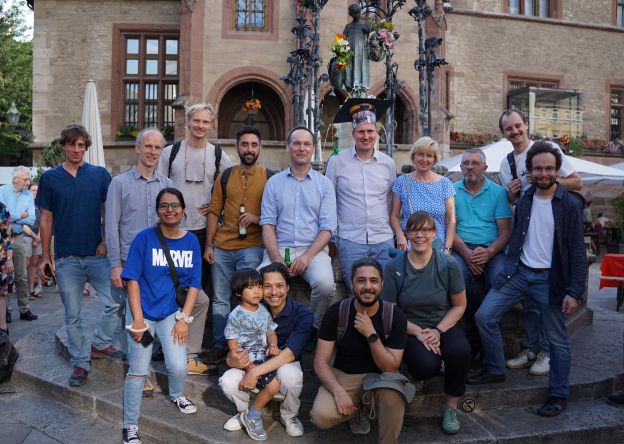

Reposted by: Alexander Knohl
@bioclimatology.bsky.social
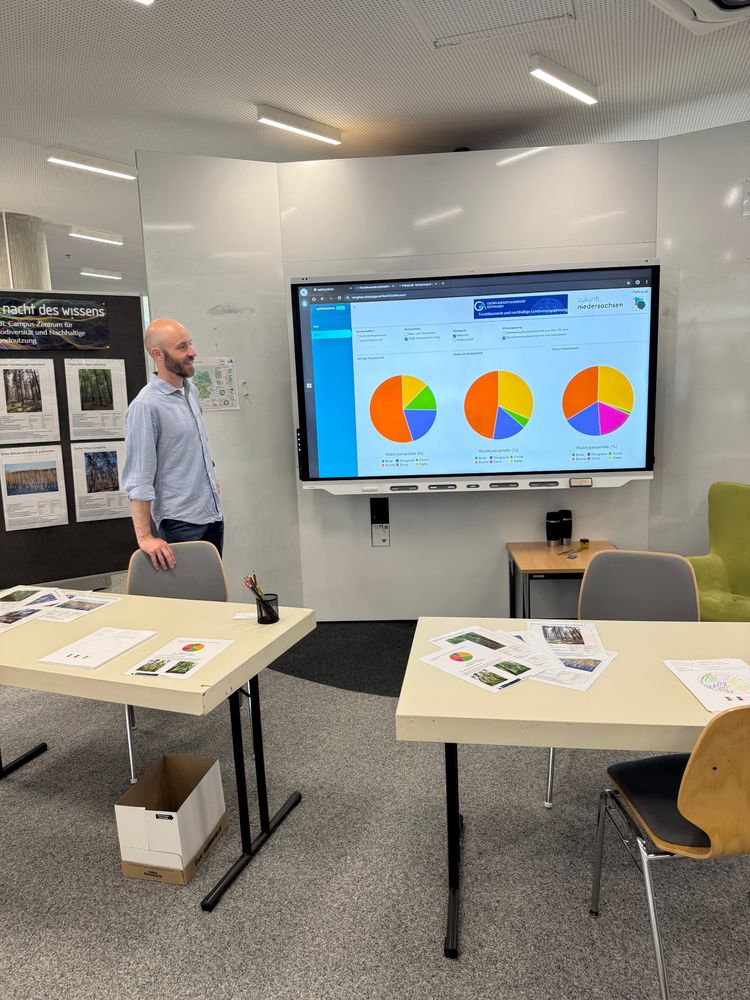
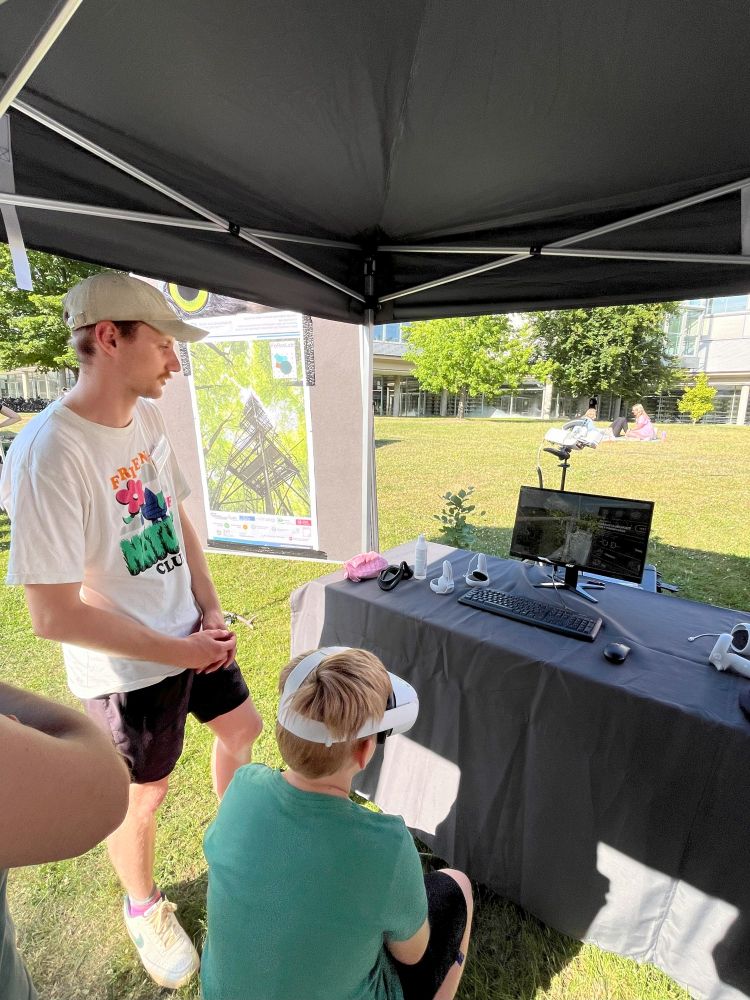
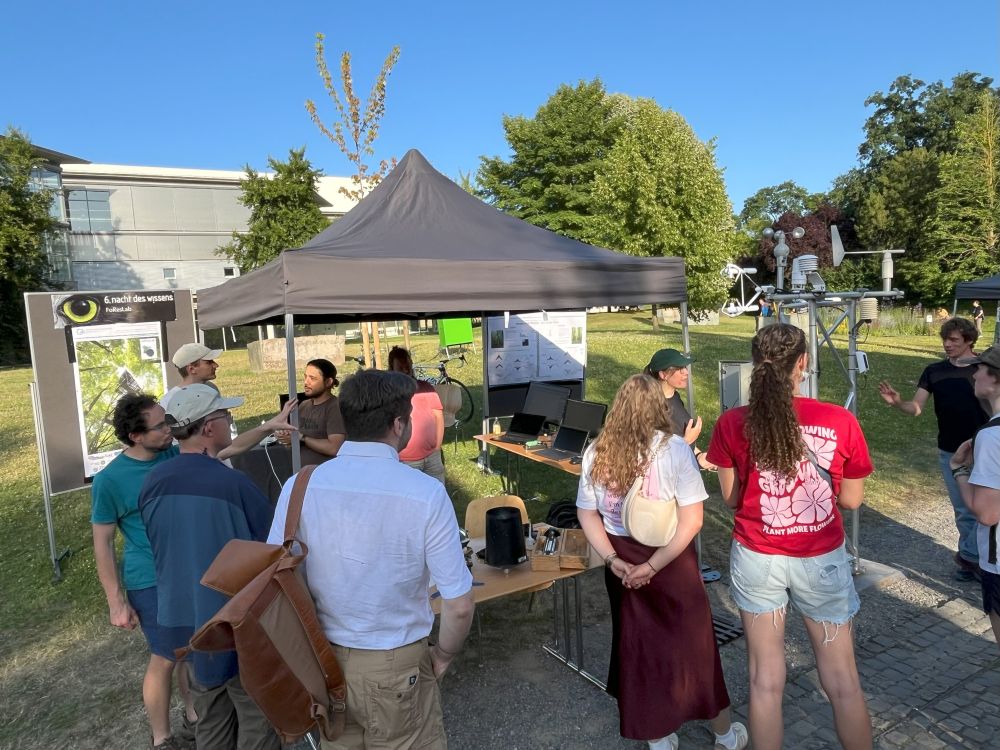
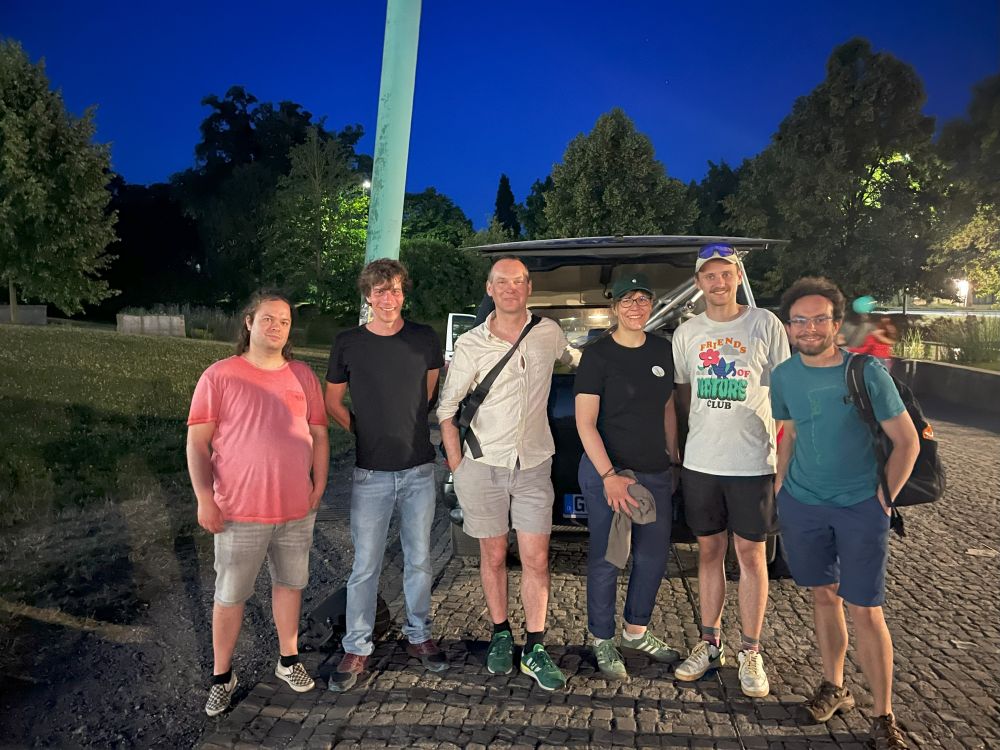
Reposted by: Alexander Knohl, Ingolf Kühn
doi.org/10.1111/plb.70058
@christina-hn.bsky.social
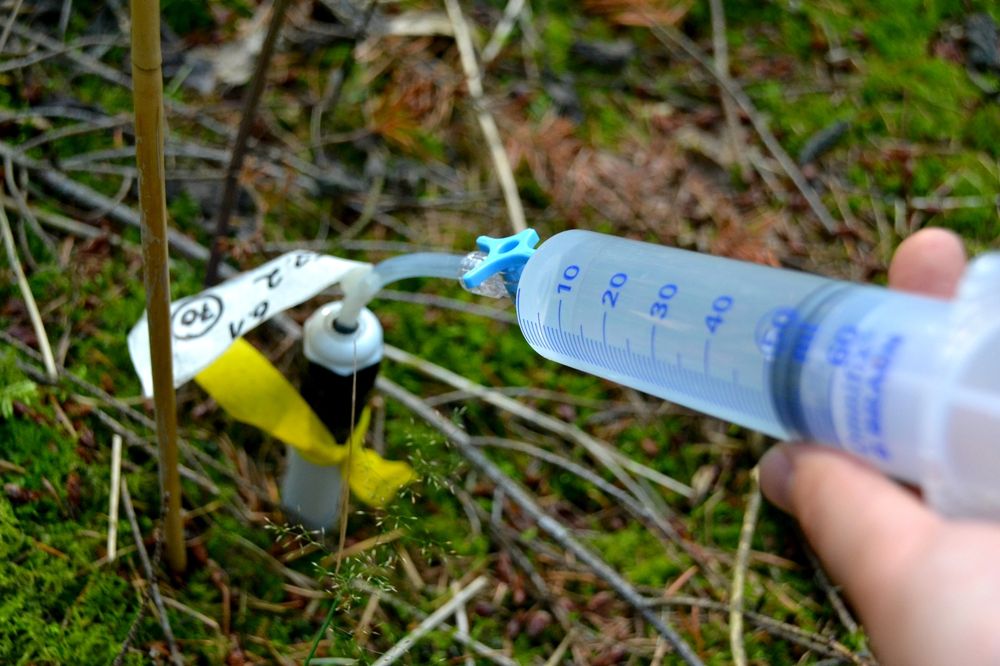
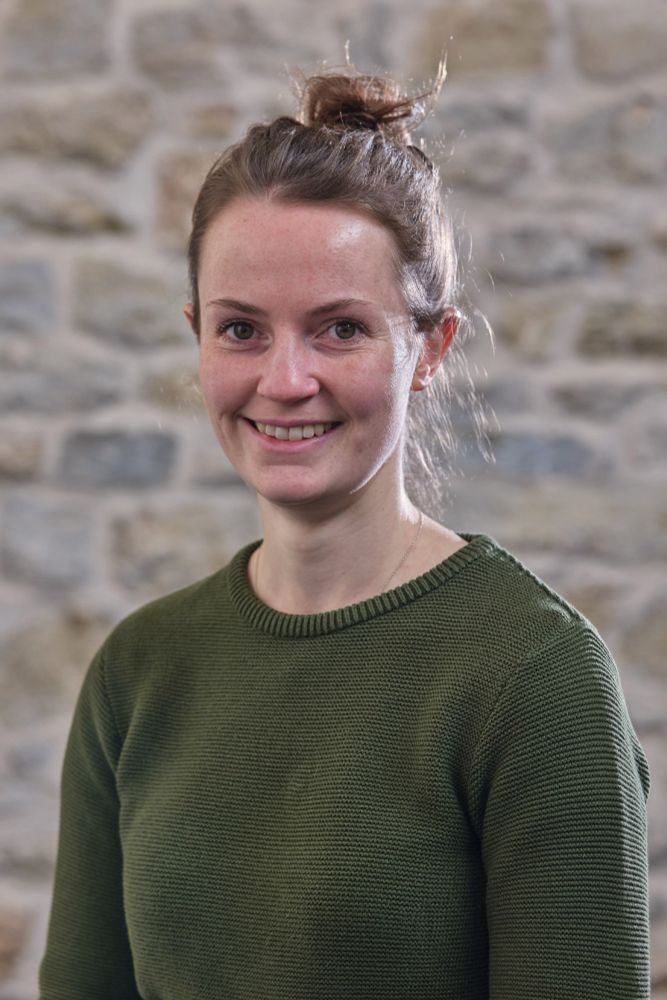
Thanks a lot for giving us the opportunity to work in this amazing forest for now over 25 years.
@icos-ri.eu
@foreslab.bsky.social
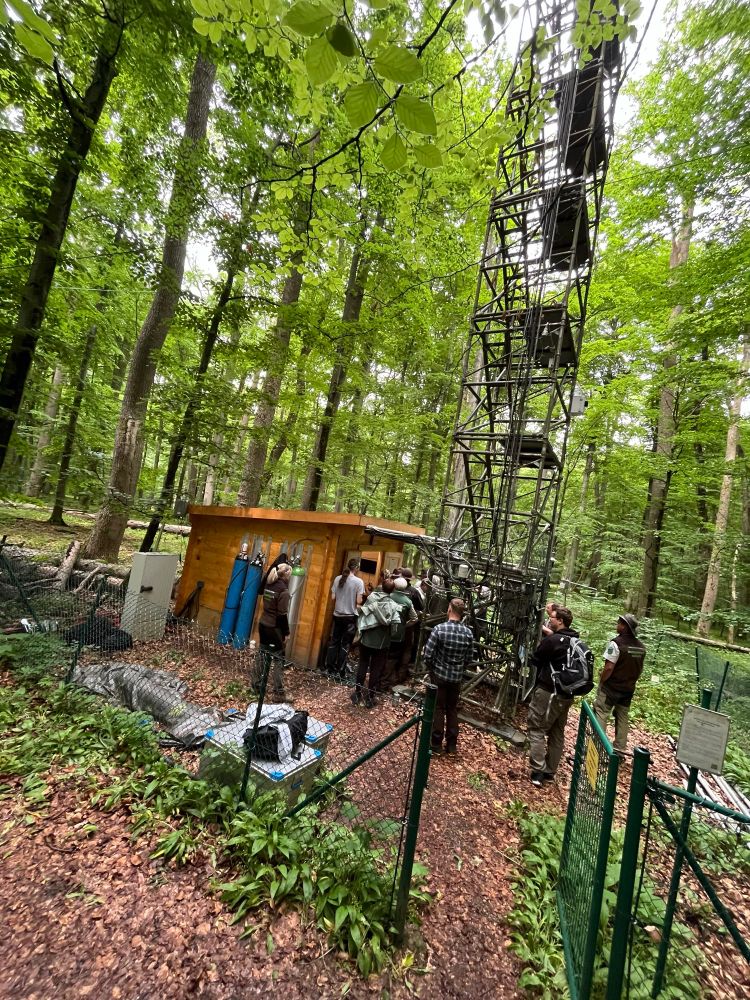
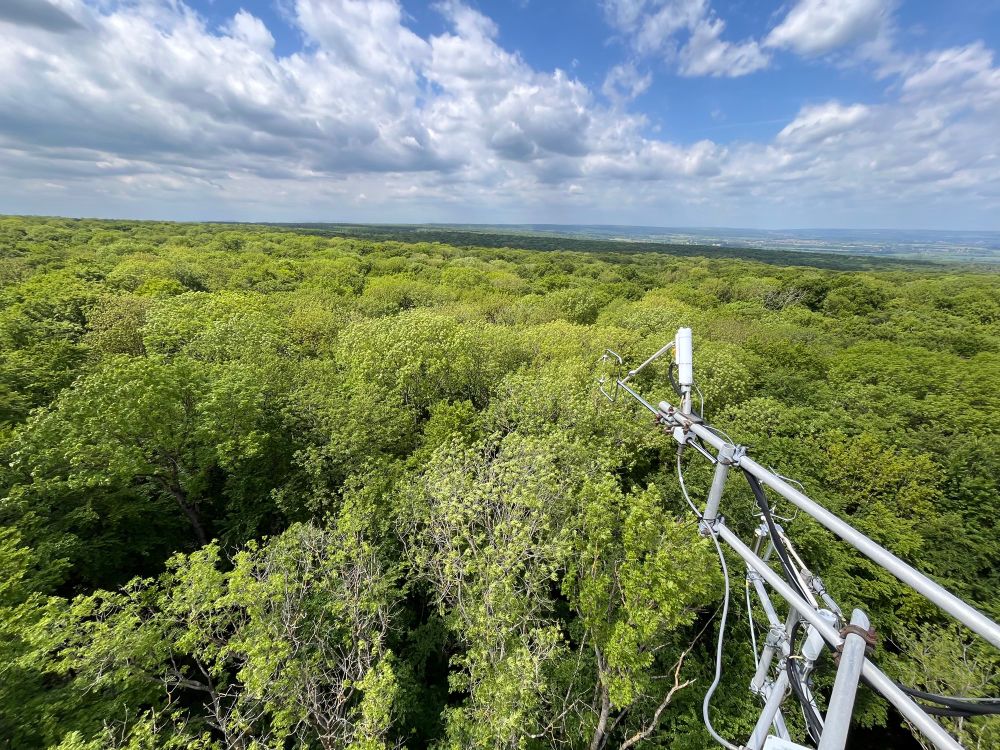
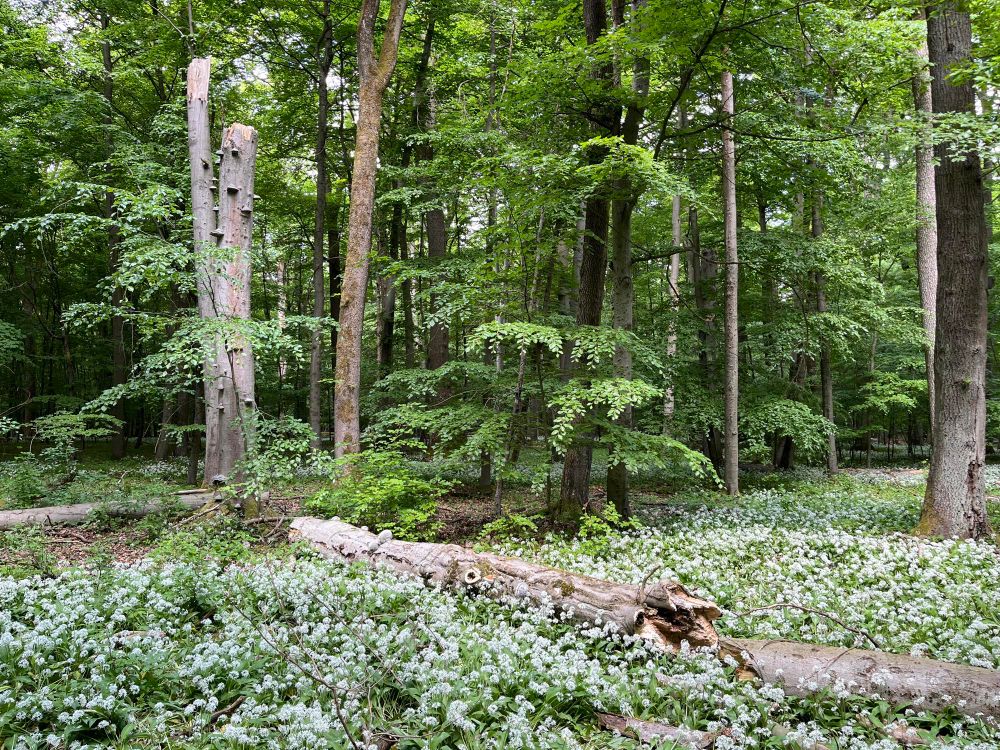

Reposted by: Alexander Knohl
Research: www.sciencedirect.com/science/arti...


Reposted by: Alexander Knohl
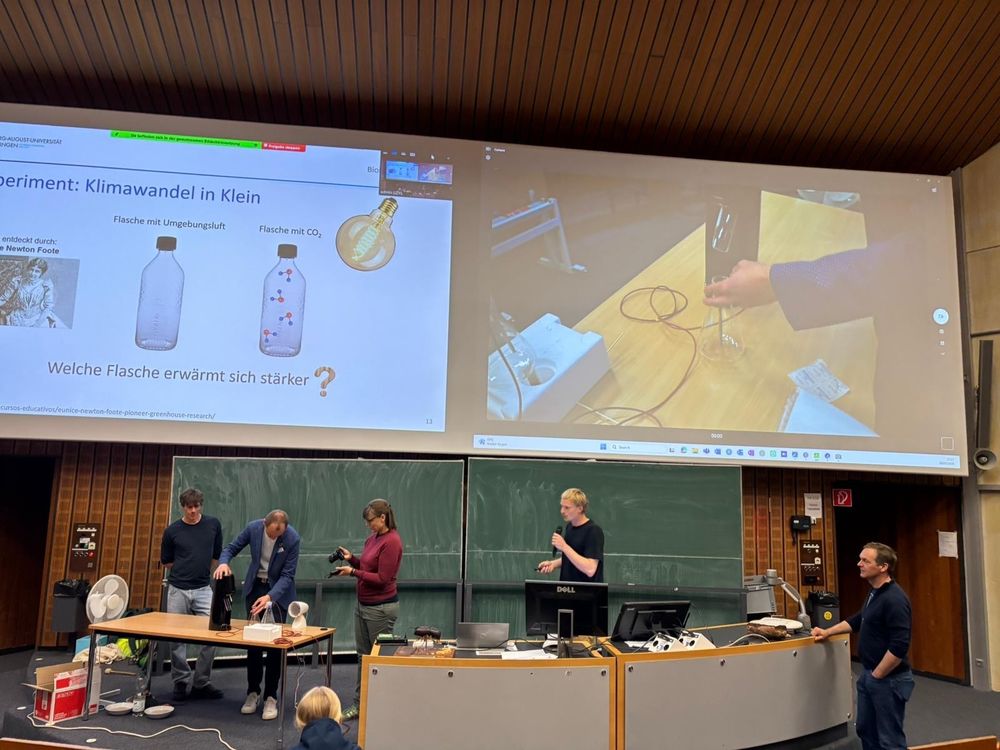
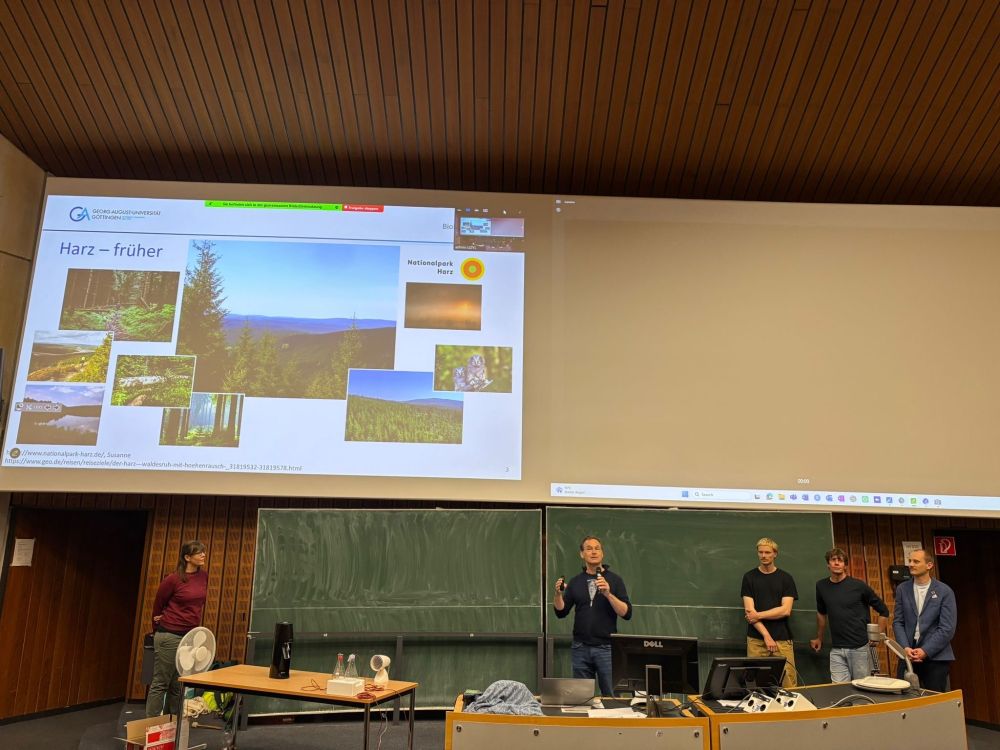








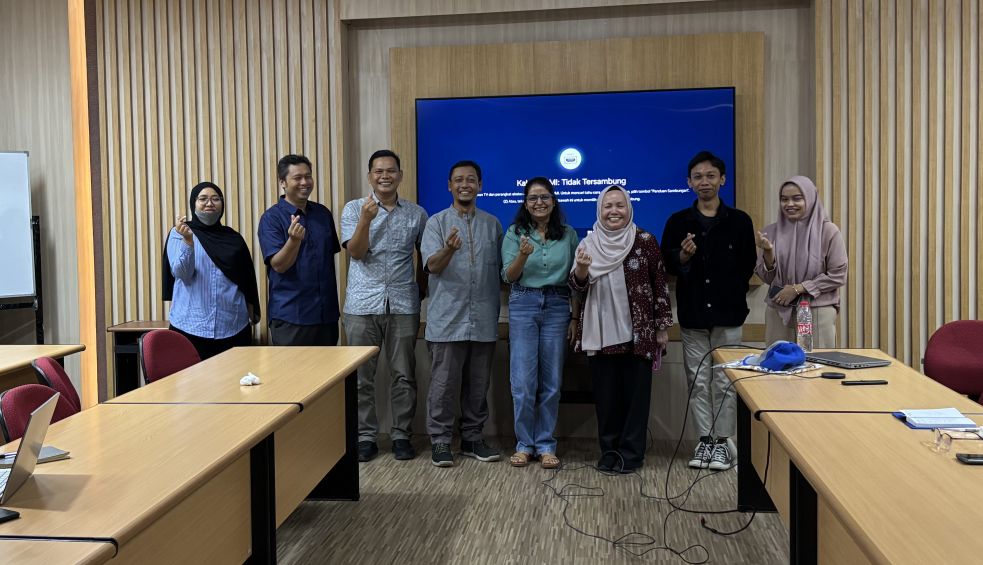


Reposted by: Alexander Knohl
www.egu25.eu
#forestresilience
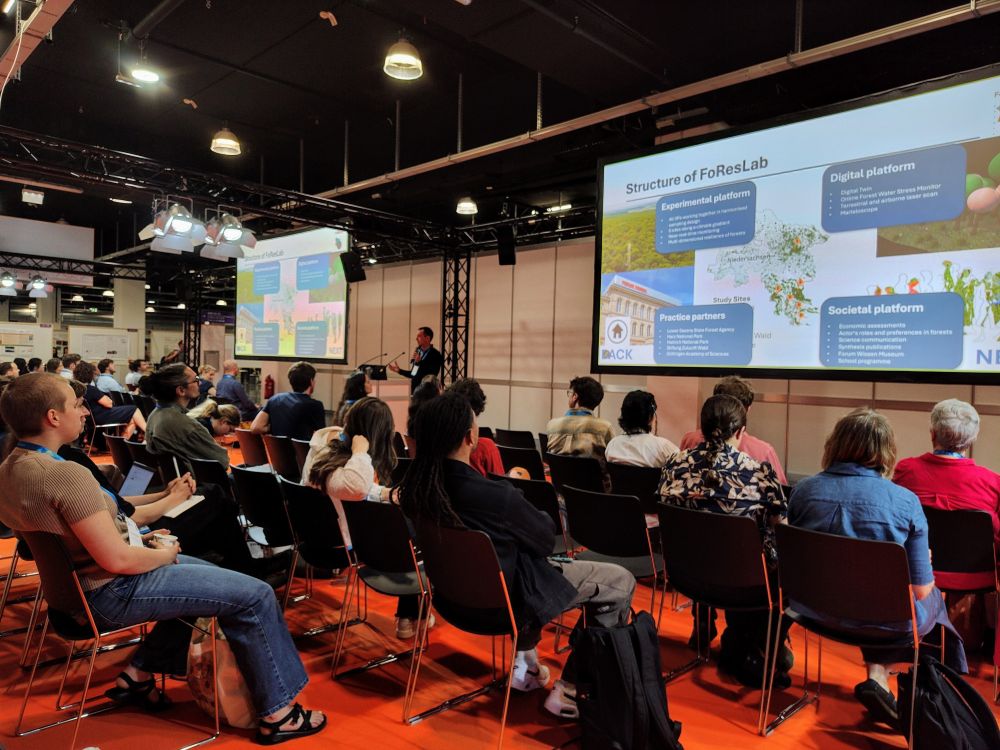
We're out in the field, getting all our study sites ready for leaf-out and the main growing season 🌳☀️
#Fieldwork #SpringVibes #Ecology #ForestResearch #Hainich #Phenology #ClimateScience #Fluxnet #AtmosphericScience



Reposted by: Alexander Knohl
#forestresilience
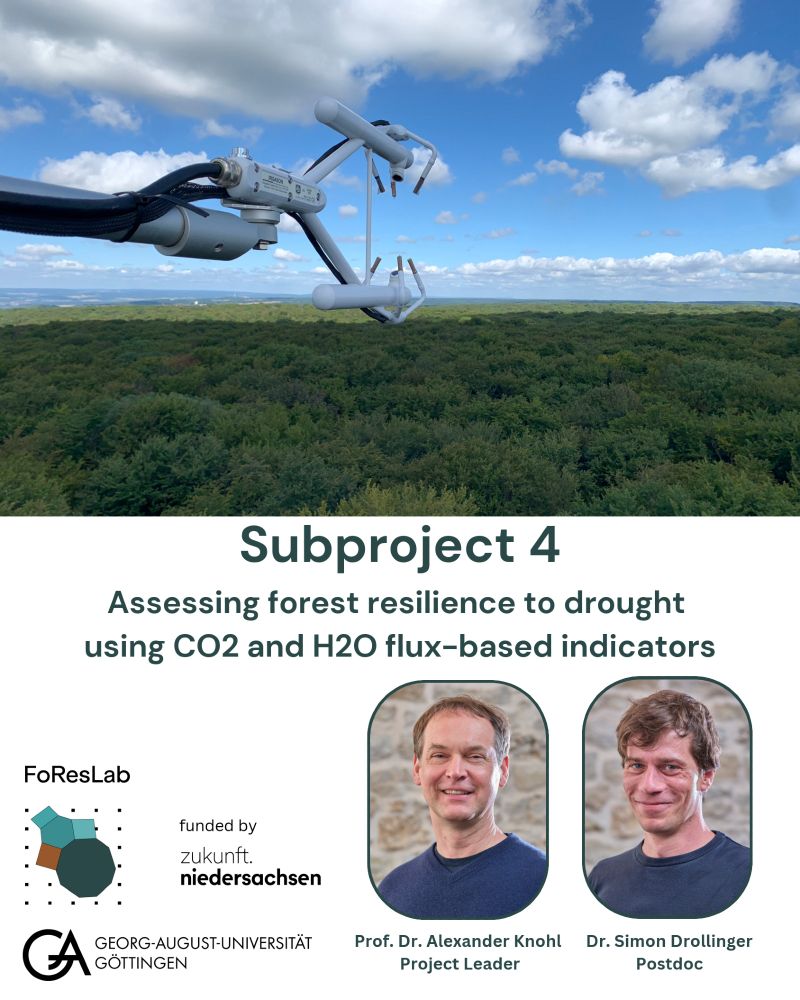
Justus van Ramshorst et al. compared lower-cost eddy covariance (LC-EC) with conventional EC (CON-EC). "Our results showed that LC-EC has the potential to measure CO2 and H2O fluxes at approximately 25% of the cost of a CON-EC system".
Find out more at: doi.org/10.5194/amt-...

Reposted by: Alexander Knohl
@a-emad.bsky.social

